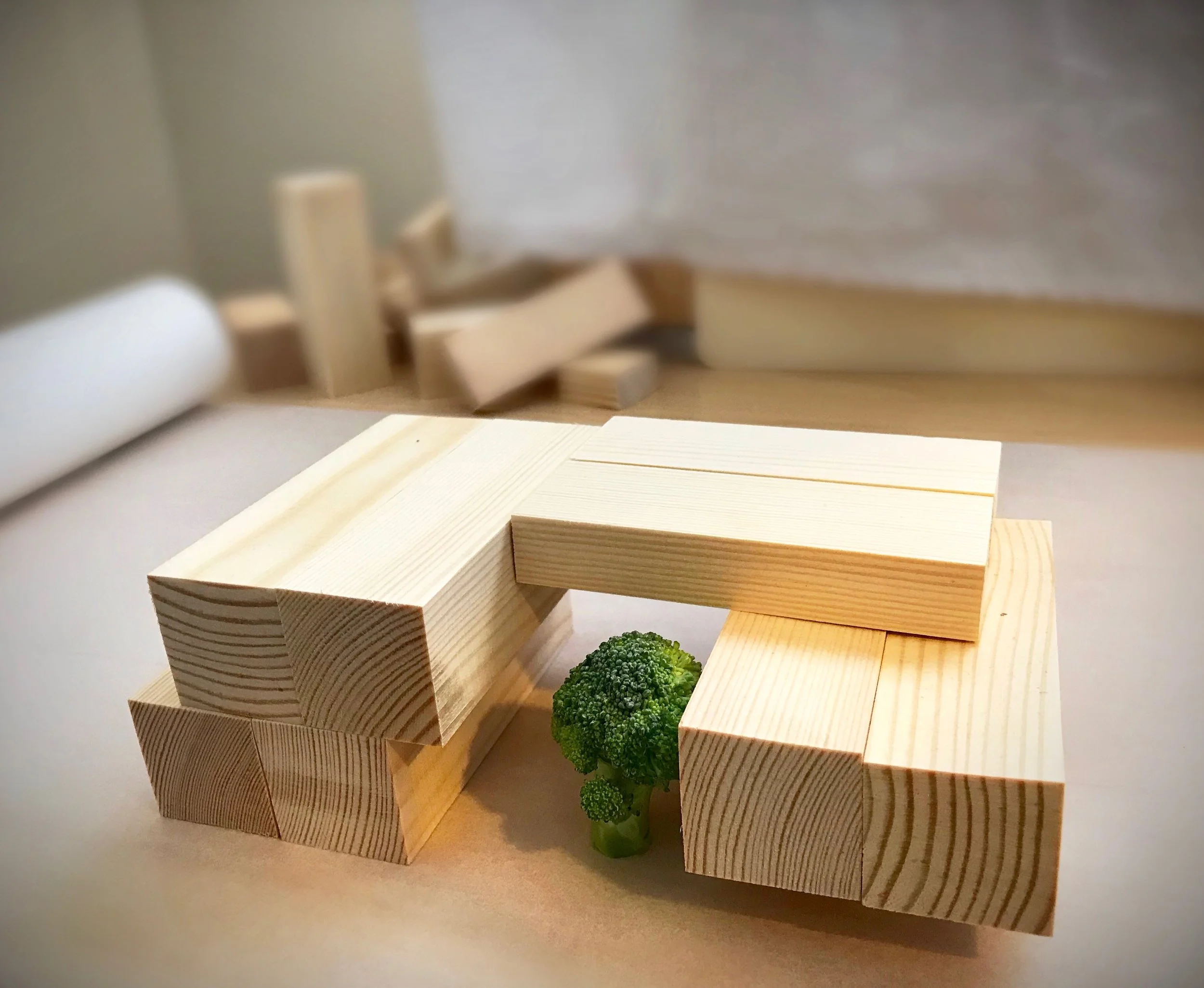The rise in use of modular construction to achieve high standards of thermal efficiency has been well documented, so using modern method of construction (MMC) to achieve passivhaus standards is inevitable.
Whether volumetric (modular construction), panelised, or hybrid systems, our housing ‘crisis’ means we have a real opportunity to utilise the twin-benefits of passivhaus and MMC. We can not only provide better quality homes, but faster, and with far more precision off-site, and far less cost on-site.
Advantages of MMC:
The main advantages of MMC focus on time, quality, and waste. MMC modules (2.8x4M) can be installed on site at a rate of 6-8no/day – that’s up to 4no. flats/day! Compared with traditional build, it can take up to 50% less time from commencement on site to occupancy.
The room for error, or inconsistent construction quality on site is also significantly reduced as the quality-controlled manufacturing process and tests undertaken prior to leaving the factory floor are stringent.
Finally, the vast reduction in waste poses a great advantage with MMC being up to 70% less wasteful when compared to traditional builds for volumetric (modular) construction.
It is important to note that the less ‘complete’ a modular system is before leaving the factory (i.e: open panel system), the more likely it is to be wrought with issues on site – from poor workmanship to increased waste.
Advantages of Passivhaus:
From excellent thermal standards to unrivalled air quality and significantly reduced running costs, these have been well documented on some of our previous blogs here.
In a time where urban and rural dwellers alike are looking for a ‘better’ way of living with rising energy costs and unfortunately still poor labour quality, a combination of Passivhaus and modular construction in its various forms, allows us to control the quality of the end product and provide a building that the end user is glad to call home!


